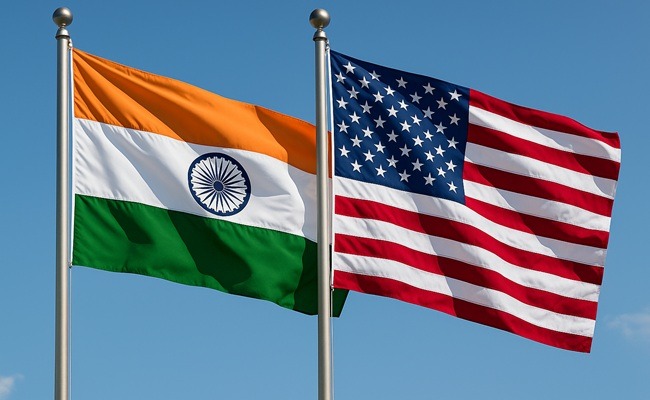
The lives of NRIs in the United States have undergone significant transformation over the decades. In earlier years, students arriving on F1 visas or professionals on H1B visas often lived modestly and cautiously.
They prioritized savings, sent a portion of their earnings back home to India, and adjusted to a frugal lifestyle.
Many shared apartments with friends to divide rent and expenses, carefully managing their limited resources while steadily building a secure future.
Today, however, the picture looks quite different. Many of students are spending their money on expensive movie tickets and other entertainment. The respect for money is not seen as before.
Most new H1B visa holders rent a house for only a few months before deciding to purchase a home, as monthly mortgage payments are often only slightly higher than rent. At the same time, owning luxury cars has become common.
The trend has shifted from saving diligently to displaying financial success, often with little focus on long-term planning.
While some NRIs manage to grow wealth through investments in the stock market, the majority rely solely on salaries.
With rising inflation in the U.S., even those earning around $120,000 annually often find themselves struggling to save anything significant by the end of the month. Such families dare not to go to India at least once in two years.
The cost of living has escalated sharply, while social media has amplified the desire to maintain a glamorous lifestyle.
As a result, life has become increasingly difficult for middle-income earners, while only high-income families continue to enjoy real financial comfort.
For some, the constant cycle of expenses, loans and limited savings creates a sense of living hand to mouth in spite of high earnings.
This may lead many to reconsider whether life back in India, with lower stress and greater peace of mind, might ultimately offer a better balance, even if not higher salaries.
Then what can be done now? The expert advise is to stop chasing H1B visas for three years and focus on building a stable career in India itself- and don’t rush to the USA just for studies; there are good opportunities in India as well.
Looking back, the classmates or relatives who went to America 30 years ago are doing well, but those of us who stayed in India are also in strong positions today.
In the USA the NRIs may settle down faster, buy a car or house quickly, but by the time they reach 50–55 years of age, both those in America and those in India end up on the same level of happiness quotient. In fact, after 50, life here in India can actually be better.
Many NRIs who touch 50 are indeed longing to settle back in India, once their children are settled in their respective lives.












